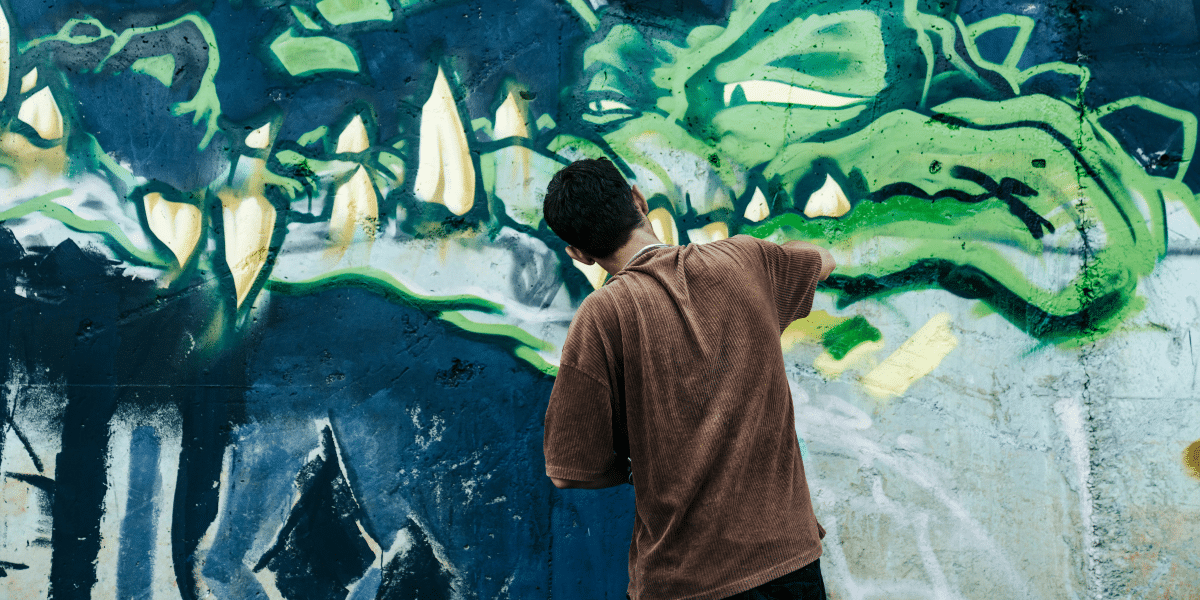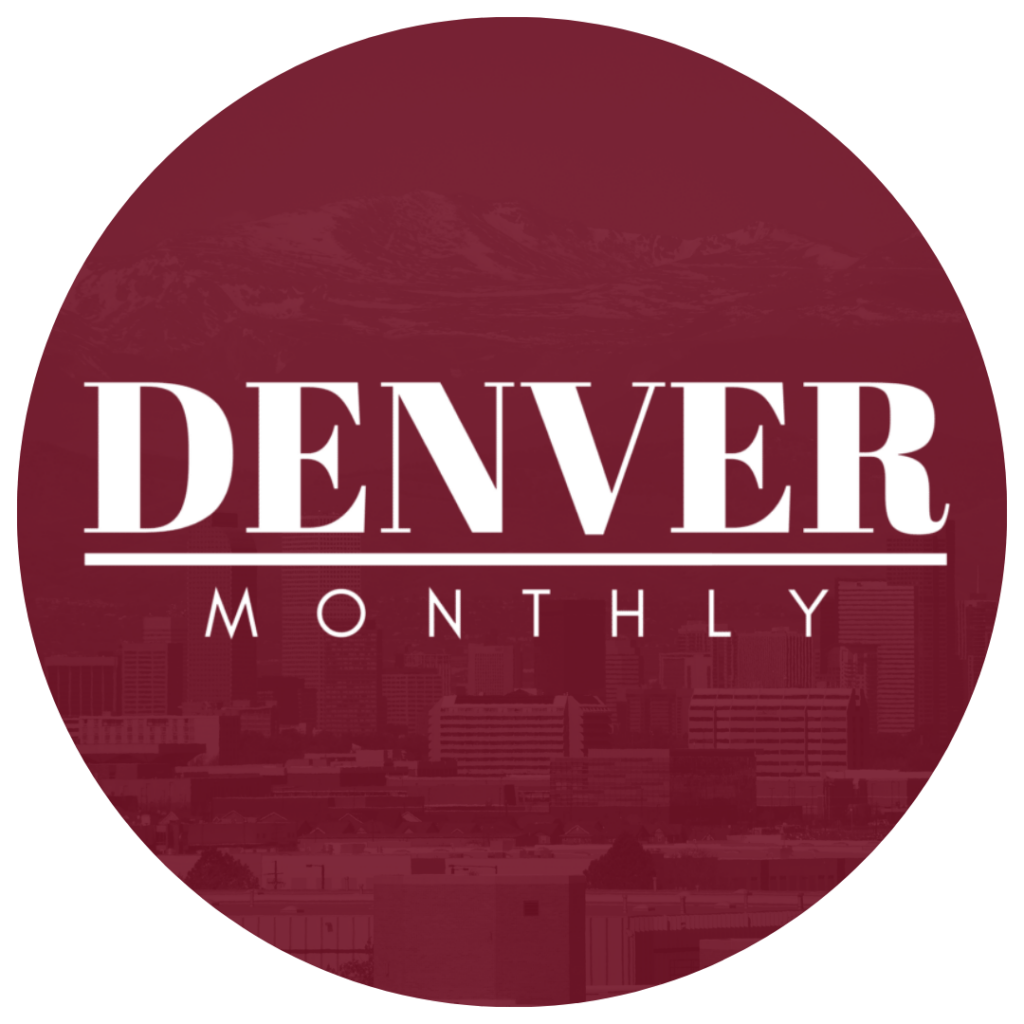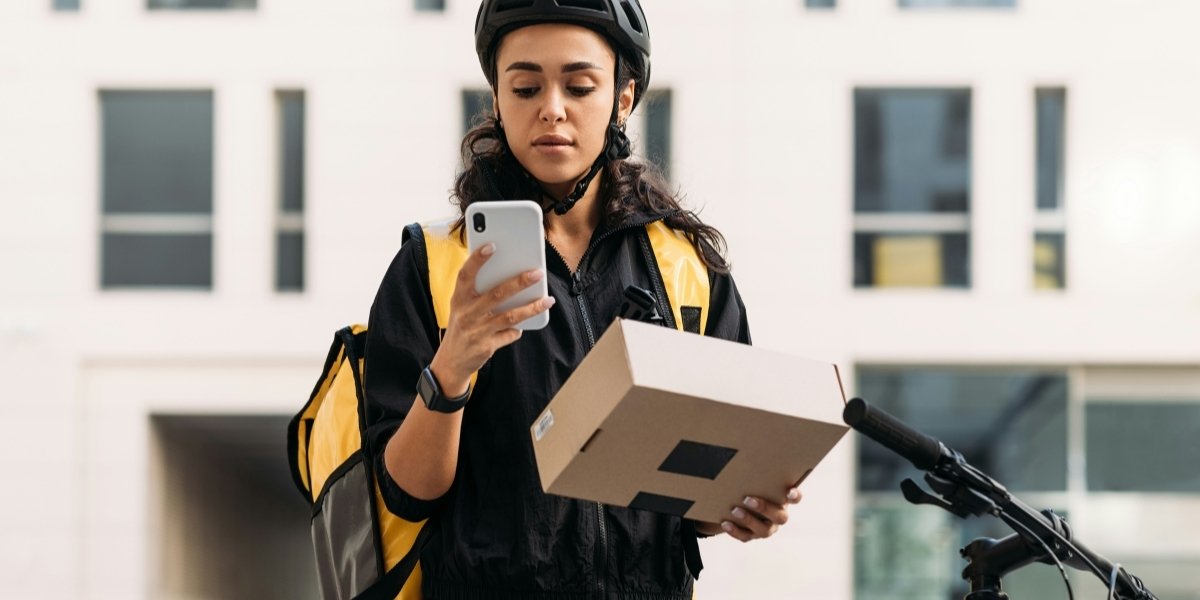What Makes Denver’s Public Art Scene Unique?
Denver’s public art scene stands out for its accessibility and variety. The city has made a significant investment in public art, ensuring that everyone can enjoy these creative expressions without stepping foot in a gallery. Whether you’re walking downtown or exploring a neighborhood park, you’re likely to encounter a piece of art that catches your eye.
The city’s commitment to art is evident in its Public Art Program, which mandates that 1% of any capital improvement project budget be set aside for public art. This program has led to the installation of over 400 pieces of art across Denver, transforming public spaces into vibrant, engaging environments.
Where Can You Find Denver’s Most Iconic Murals?
Denver’s murals are a testament to the city’s dynamic and diverse culture. One of the best places to start your mural tour is the RiNo (River North) Art District. Known for its colorful and bold street art, RiNo is home to countless murals that reflect the neighborhood’s creative spirit.
One iconic mural in RiNo is “Larimer Boy and Girl” by Brazilian artist duo Os Gêmeos. This large-scale mural, located at the corner of 27th and Larimer, features two whimsical characters that have become beloved landmarks in the area.
Another must-see is “Reverberations” by Denver artist Pat Milbery, found on the exterior of the Denver Central Market. This vibrant, geometric mural brings energy and movement to the building, making it a favorite spot for both locals and tourists.
In the downtown area, don’t miss “I See What You Mean,” commonly known as the Big Blue Bear. Located outside the Colorado Convention Center, this 40-foot-tall sculpture by Lawrence Argent playfully peers into the building’s windows, capturing the curiosity and creativity of Denver’s art scene.
What Are Some of Denver’s Most Notable Sculptures?
Denver’s public sculptures are just as impressive as its murals. A prominent example is “Mustang” by Luis Jiménez, located at Denver International Airport. This 32-foot-tall blue horse with glowing red eyes has become an iconic, albeit controversial, symbol of the city. Love it or hate it, “Mustang” is a striking piece that leaves a lasting impression on visitors.
In Civic Center Park, you’ll find “Broncho Buster” and “On the War Trail,” two bronze equestrian statues by Alexander Phimister Proctor. These sculptures, depicting a cowboy and a Native American warrior, respectively, pay homage to the Western heritage of Denver and the broader American West.
Another significant piece is “The Yearling” by Donald Lipski, located outside the Denver Public Library. This whimsical sculpture features a large red chair with a life-sized horse standing on it, capturing the imagination and curiosity of viewers of all ages.
How Does Public Art Reflect Denver’s Community?
Public art in Denver not only beautifies the city but also reflects its diverse community and history. Many murals and sculptures address social issues, celebrate cultural heritage, and honor local heroes.
For example, the “La Alma” mural in the La Alma-Lincoln Park neighborhood is a tribute to the Chicano movement and the area’s rich Hispanic heritage. Created by Emanuel Martinez, this vibrant mural depicts scenes of struggle and celebration, capturing the spirit of the community.
Similarly, the “Spirit of the People” mural in Five Points honors the neighborhood’s African American heritage. Painted by artist Detour, this mural features portraits of influential figures and symbols of unity and strength, celebrating the contributions of the African American community to Denver’s history.
Why Is Public Art Important for Cities?
Public art plays a vital role in creating a sense of place and community in cities. It enhances the visual landscape, making urban environments more attractive and engaging. Public art also fosters a sense of pride and identity among residents, as it often reflects the unique history and culture of the area.
In Denver, public art has helped transform neighborhoods, attract tourism, and stimulate economic development. By investing in public art, the city has created spaces where people can gather, reflect, and connect with one another.
How Can You Explore Denver’s Public Art?
Exploring Denver’s public art is easy and enjoyable. Many resources are available to help you discover the city’s murals and sculptures. The Denver Public Art website offers an interactive map and guided tours, providing information on the location and history of various artworks.
Walking tours, such as those offered by the Denver Architecture Foundation, provide an in-depth look at the city’s art and architecture. These tours are a great way to learn more about the stories behind the artworks and the artists who created them.
Additionally, events like the annual Crush Walls festival in RiNo showcase new murals and street art, offering a fresh perspective on Denver’s ever-evolving art scene.
Denver’s public art scene is a vibrant and integral part of the city’s identity. From colorful murals in RiNo to striking sculptures in Civic Center Park, public art in Denver reflects the creativity, diversity, and history of its community. Whether you’re a local or a visitor, exploring Denver’s public art is a rewarding experience that provides insight into the city’s soul.








